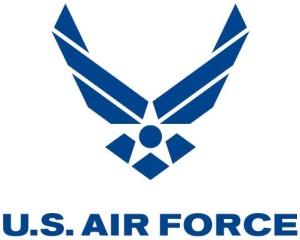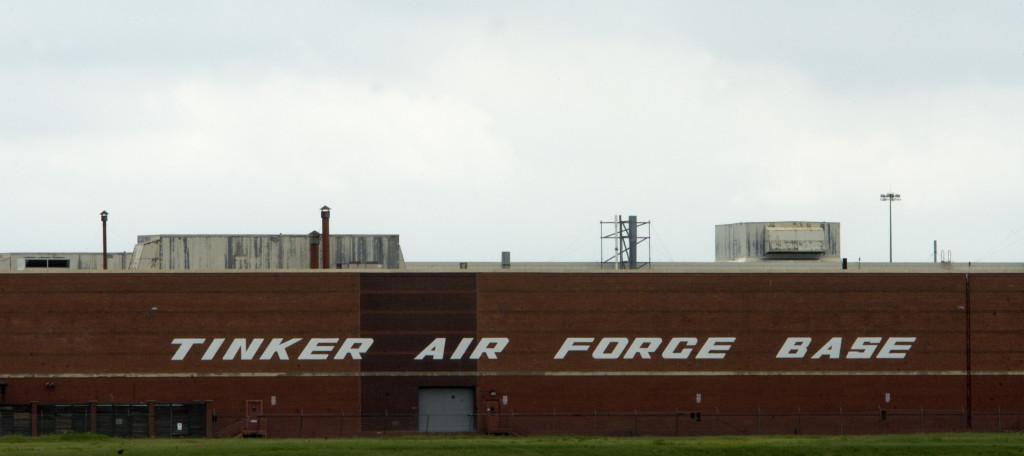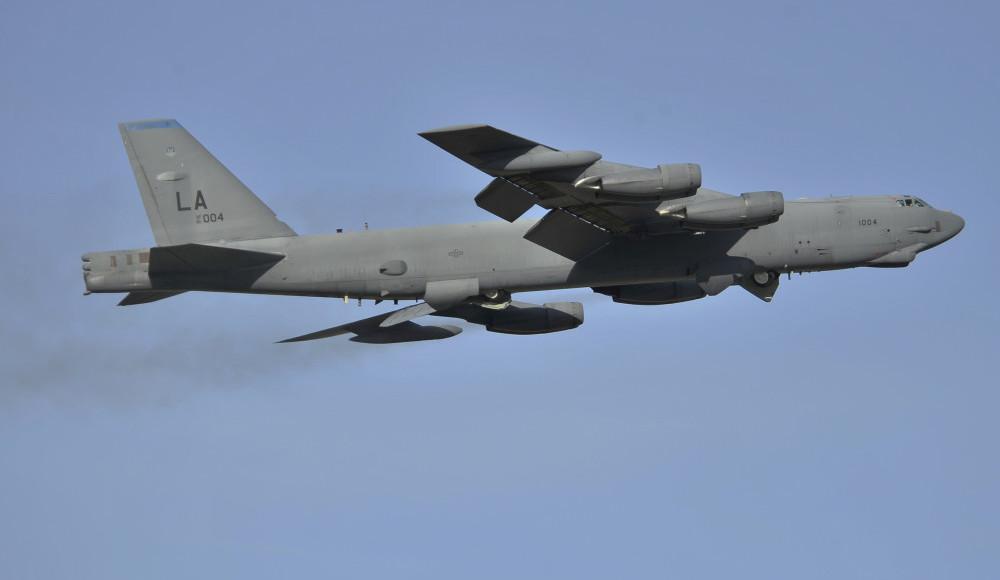 Tinker Air Force Base in Oklahoma is the home of the Oklahoma City Air Logistics Center (OC-ALC), the center of the Air Force Materiel Command’s (AFMC) aircraft, engine, missile, software and avionics management and maintenance centers. The complex manages the development, maintenance and repair of a wide variety of the United States military fleet of aircraft and technology, as well as a range of accessory components, the development of operational flight programs, testing equipment and industrial automation software. Essentially, if something in the military flies or works with something that flies, then the OC-ALC is responsible for making sure that it continues to fly or work with something that flies.
Tinker Air Force Base in Oklahoma is the home of the Oklahoma City Air Logistics Center (OC-ALC), the center of the Air Force Materiel Command’s (AFMC) aircraft, engine, missile, software and avionics management and maintenance centers. The complex manages the development, maintenance and repair of a wide variety of the United States military fleet of aircraft and technology, as well as a range of accessory components, the development of operational flight programs, testing equipment and industrial automation software. Essentially, if something in the military flies or works with something that flies, then the OC-ALC is responsible for making sure that it continues to fly or work with something that flies.
In an effort to modernize and improve their ability to maintain their aircraft, the Air Force and OC-ALC is developing a strategic plan to incorporate 3D printing technology into almost every aspect of its current airpower sustainment mission. The OC-ALC expects 3D printing to play an important role in their evolving workflow, including the manufacturing of aircraft engine parts as well as 3D printing modern electronic components being designed by the 76th Software Maintenance Group. The new plan is part of the Air Force’s “Complex of the Future” strategic forecast, which included several goals to fully integrate additive manufacturing technology within the next few decades.
“We’ve realized that additive manufacturing is a technology that is mature enough, that it is being adopted very strongly in industry right now, and that we as a depot need to build this capability. This is a step-change technology that will really change in some ways how we can do depot maintenance. It will give us a lot of speed and flexibility, but it’s something that we have to learn to manage and understand how to use,” said Dr. Kristian Olivero, the complex’s top scientist and engineer and the technical director of The OC-ALC.
The OC-ALC’s plan is only one of several being developed at other air logistics complexes, such as the Robins Air Force Base in Georgia and Hill AFB in Utah. Each base will be developing complex-specific plans to include 3D printing technology in their aircraft maintenance and development capabilities. According to Olivero, the impact that including additive manufacturing capabilities will have on depot operations will be significant and drastically increase their ability to adapt to the needs of new technology while still being able to maintain their existing fleet.
Currently, traditionally manufactured parts and components are purchased and shipped to the depot to be stored in a large inventory center until they are needed. Instead, Olivero believes that many of these parts can simply be 3D printed on demand, which would reduce costs, the space needed for part storage and the dependency on part availability. Additionally, some of the Air Force’s older planes like the B-52 Stratofortress have parts that have not been manufactured for decades, however the plane’s design and quality make it indispensable to current operations. Rather than having replacement parts specially manufactured off site, technologies like 3D laser mapping can reverse engineer or even make improvements to aging parts in-house.
“The speed of it and the flexibility of it will very much improve our industrial base, where we’re repairing aircraft that are getting older and older. We have more and more instances of parts that we can’t get. All of this will help us be a better logistics center. With additive manufacturing, that part may take a couple of hours to print and you can actually go through five or six iterations in days. Even if your final part is going to be machined, you can print it in plastic five times to make sure it’s got the correct geometries, the right tolerances, the correct interfaces, and then machine the final one,” explained Olivero.
Most of the strategic plan is scheduled to be completed within the next few months. The broad plan is expected to address subjects as diverse as how to improve their engineers’ 3D printing education and how to store and manage the millions of digital 3D models expected to be created.
“We know how to manage 2-D models. We have files of paper drawings. We have technical orders with drawings in them. Now we have to figure out how to store, classify, maintain and configure all of those 3-D models. It’s a completely different paradigm. There are new challenges, new processes and new capabilities, and we need to work out how to make all that work together for our benefit,” says Olivero.
Discuss this story in the 3D Printing and U.S. Air Force forum thread on 3DPB.com.
Subscribe to Our Email Newsletter
Stay up-to-date on all the latest news from the 3D printing industry and receive information and offers from third party vendors.
You May Also Like
Profiling a Construction 3D Printing Pioneer: US Army Corps of Engineers’ Megan Kreiger
The world of construction 3D printing is still so new that the true experts can probably be counted on two hands. Among them is Megan Kreiger, Portfolio Manager of Additive...
US Army Corps of Engineers Taps Lincoln Electric & Eaton for Largest 3D Printed US Civil Works Part
The Soo Locks sit on the US-Canadian border, enabling maritime travel between Lake Superior and Lake Huron, from which ships can reach the rest of the Great Lakes. Crafts carrying...
Construction 3D Printing CEO Reflects on Being Female in Construction
Natalie Wadley, CEO of ChangeMaker3D, could hear the words of her daughter sitting next to her resounding in her head. “Mum, MUM, you’ve won!” Wadley had just won the prestigious...
1Print to Commercialize 3D Printed Coastal Resilience Solutions
1Print, a company that specializes in deploying additive construction (AC) for infrastructure projects, has entered an agreement with the University of Miami (UM) to accelerate commercialization of the SEAHIVE shoreline...































